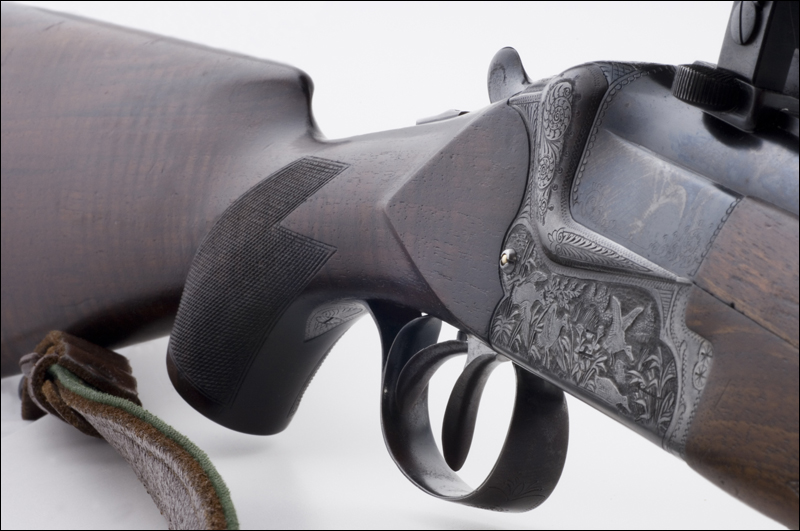
Thousands of firearm injuries occur in the United States each year, but the likelihood of such injuries appears to drop substantially when gun enthusiasts hold large national meetings, according to research led by Harvard Medical School.
The results, published March 1 in The New England Journal of Medicine, show a 20 percent decline in gun injuries nationwide during the dates of the National Rifle Association’s annual convention.
The decrease, the researchers said, is likely fueled by the brief period of gun abstinence during such conventions—a possibility that warrants further exploration and analysis.
Because such meetings tend to attract gun enthusiasts and business owners who are well trained in gun use and safety, the findings seem to counter the common belief that most unintentional gun injuries result from inexperience and lack of firearms training, the researchers said. Many states require hunters and gun owners to complete mandatory safety classes, and the NRA itself offers courses designed to “ensure the safe and effective use of firearms.”
The study findings, however, suggest that experience and education can only go so far in reducing the risk, the research team said.
“Fewer people using guns means fewer gun injuries, which in some ways is not surprising,” said Anupam Jena, senior author of the study and the Ruth L. Newhouse Associate Professor of Health Care Policy at Harvard Medical School. “But the drop in gun injuries during these large meetings attended by thousands of well-trained gun owners seems to refute the idea that gun injuries stem solely from lack of experience and training in gun use.”
The researchers caution that their findings are based on an observational analysis and that the study was not designed to tease out cause and effect between injury rates and meeting attendance.
Jena and co-author Andrew Olenski, now a doctoral student in the Department of Economics at Columbia University, hypothesized that firearm use would decline during the dates of NRA meetings, which attract 80,000 or more attendees from across the United States.
Since conference visitors include avid firearm users and operators of venues where firearms are used, such as firing ranges and hunting grounds, the researchers suspected that gun use might decline during the dates of the event.
In their analysis, the researchers examined nearly 76 million medical insurance claims for emergency department visits and hospitalizations related to firearm injuries between 2007 and 2015. Then the team compared how many gun injuries occurred during NRA convention dates with the number of injuries that took place on identical days in surrounding weeks. Gun injuries on nonconvention days occurred at a rate of 1.5 per 100,000 people, compared with 1.25 on convention dates—a 20 percent difference, the analysis showed.
Additionally, the analysis revealed that the biggest reductions in injuries during convention dates were among men in states in the South and West that have the country’s highest rates of gun ownership, and among individuals residing in the state hosting the convention, all of which support the notion that the reduction in injury rates is related to attendance at the conventions.
Because of the relative rarity of gun-related homicides, suicides and fatal accidents, the researchers could not measure whether convention dates also coincided with a decline in gun-related deaths.
The new study is the latest in a series of analyses published by Jena looking into the effects of large meetings or events on various health outcomes. In previous research, Jena and colleagues examined what happens to heart patients when large numbers of cardiologists leave their practices to attend scientific meetings. Other studies examined what happens to people who need emergency medical treatment when the streets of a city are shut down and crowded with spectators during major marathon races and how the presence of safety inspectors impacts patient care during hospital accreditation visits.
In the same vein, Jena said, NRA meetings provided an interesting “natural experiment” to see what happens when a large number of avid gun users take a few days off from shooting.
“No matter how one feels about guns,” Jena said, “one thing that we should all recognize is that owning and operating a firearm entails risk.”
In 2014, there were more than 65,000 intentional firearm injuries in the United States and nearly 16,000 unintentional firearm injuries. Nearly 2,000 of the total injuries involved children under 18 years of age, according to the U.S. Centers for Disease Control and Prevention.


